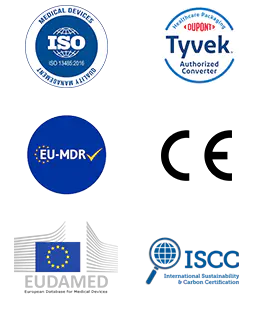1. Material upgrade: Breakthrough features of Tyvek® 1421B
The core competitiveness of breathing covers (with Tyvek) comes from the Tyvek® 1421B material it uses, which is designed to meet the stringent cleanliness requirements of the pharmaceutical industry.
Material structure characteristics
Uncoated, untreated pure Tyvek® structure avoids the risk of shedding caused by traditional coating materials
The unique flash spinning process forms an ultra-fine fiber network with a fiber diameter of only 0.5-10 microns
Three-dimensional pore structure with a porosity of more than 75%
Smooth surface without dust, passed ISO 14644-1 Class 5 cleanliness test
Physical performance parameters
Breathability: ≥35cfm/ft² (ASTM D737 standard)
Tensile strength: longitudinal ≥65N/5cm, transverse ≥45N/5cm
Tear strength: ≥1.5N (Elmendorf method)
Microbial barrier efficiency: ≥99.9% barrier rate for 0.5μm particles
Vapor permeability: ≥85g/m²/24h
This unique material combination makes Tyvek® While maintaining excellent protective performance, 1421B has excellent air permeability and flexibility, perfectly solving the technical contradiction of traditional protective materials: "good sealing but not air permeability, good air permeability but poor protection".
2. Clean protection solution
AMD respiratory protective mask builds a comprehensive protection system in the pharmaceutical clean room, and its functional design directly targets the three major pollution risks of the clean room environment: particle pollution, microbial pollution and operational pollution.
Particle contamination control
The material itself has passed the IEST-RP-CC003.4 standard test, and the particle release is <5/ft³ (≥0.5μm)
The edge adopts laser cutting technology to avoid fiber shedding caused by traditional cutting
The surface resistivity is 10^8-10^11Ω, which effectively prevents electrostatic adsorption of particles
Microbial barrier system
The barrier efficiency of Staphylococcus aureus and other microorganisms is 99.99%
Verified by ethylene oxide (EO) and steam sterilization, the barrier integrity is maintained after sterilization
Meets ISO 11607-1 terminal sterilization medical device packaging requirements
Operation protection design
Puncture resistance reaches 35N (simulated glove contact pressure)
Drape coefficient>60%, which can perfectly fit the contours of various devices
Folding memory effect<5%, no deformation after repeated use
The breathable performance of the protective cover reduces the amount of condensation during steam sterilization by about 40%, greatly reducing the risk of secondary contamination caused by moisture. Actual tests show that under 121°C steam sterilization conditions, the material's air permeability only decreases by 15%, which is much better than the 30-50% attenuation rate of similar products.
3. Sustainable design and environmental value
The environmental characteristics of AMD respiratory protective masks provide additional green value, and its sustainable design is reflected in three dimensions:
- Material circulation system
Product materials are 100% recycled and reused
The incineration calorific value reaches 8500kcal/kg, and no dioxins are produced
Biodegradation test (ISO 14855) shows a 180-day degradation rate of >90%
- Production process optimization
Water consumption in the manufacturing process is reduced by 60% (compared with traditional laminated materials)
Energy consumption is reduced by 45%, and the carbon footprint per square meter is only 0.8kg CO₂e
Solvent-free production process, zero VOCs emissions
- Life cycle management
Lifespan under normal use conditions is up to 2 years (clean room environment)
Support recycling services to form a closed-loop material flow

 English
English Français
Français Deutsch
Deutsch Nederlands
Nederlands


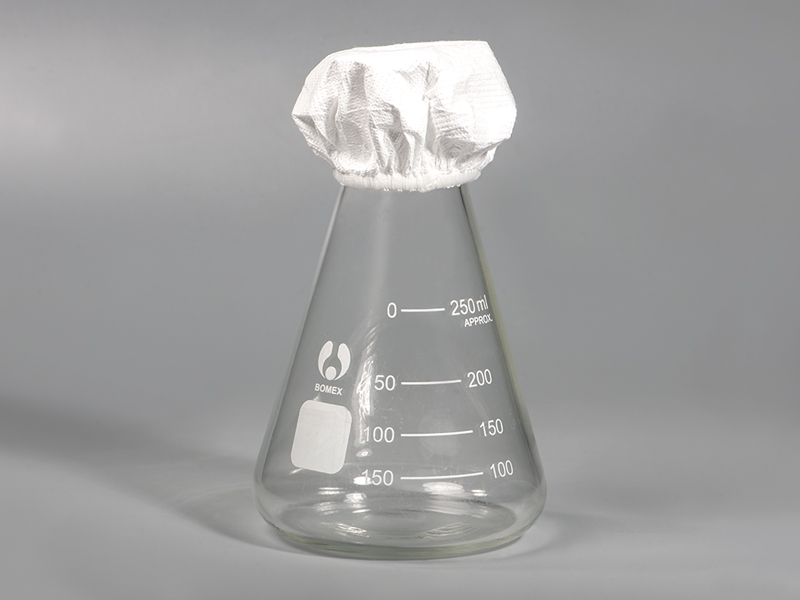



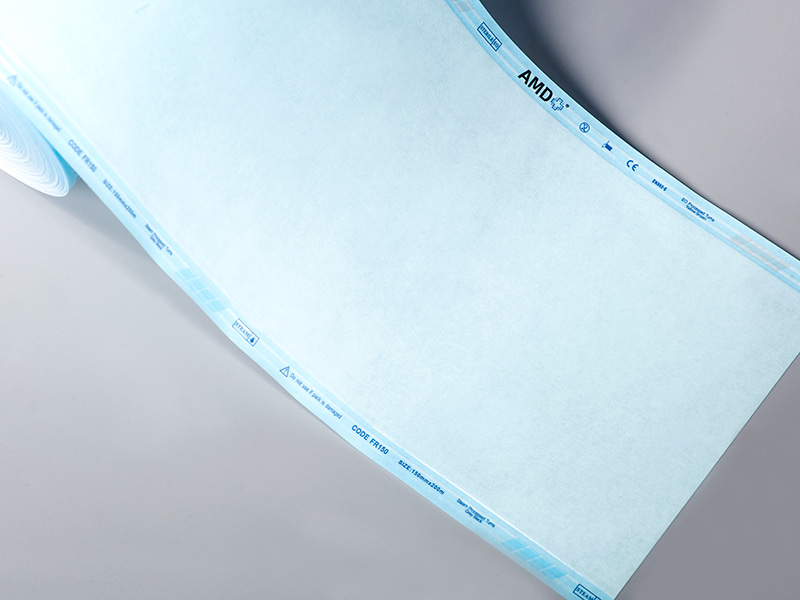
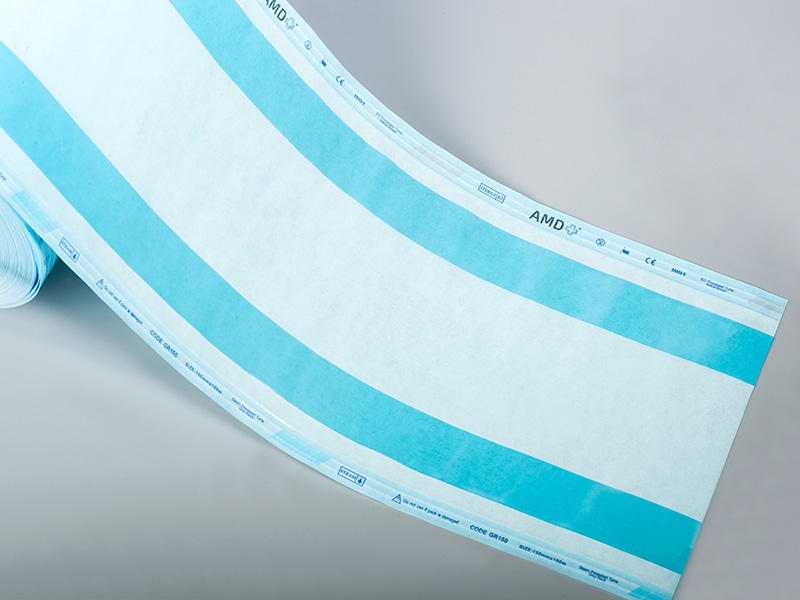
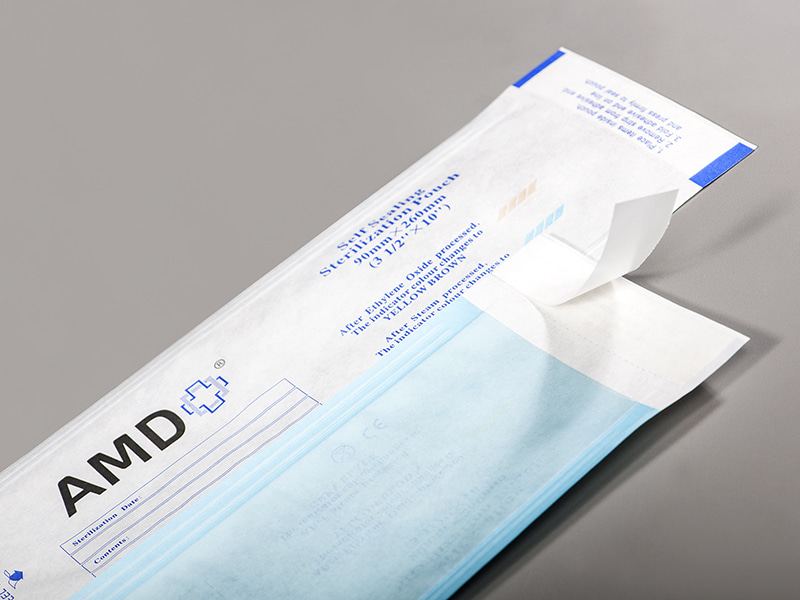
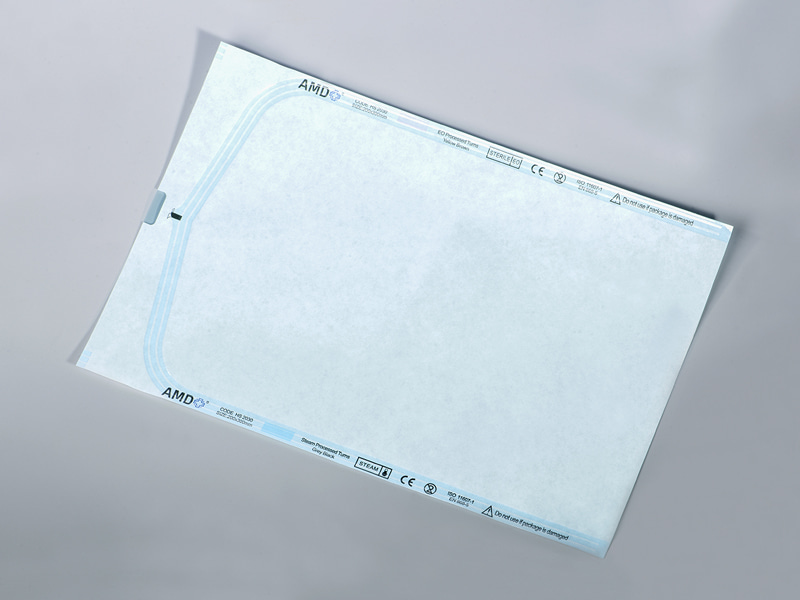
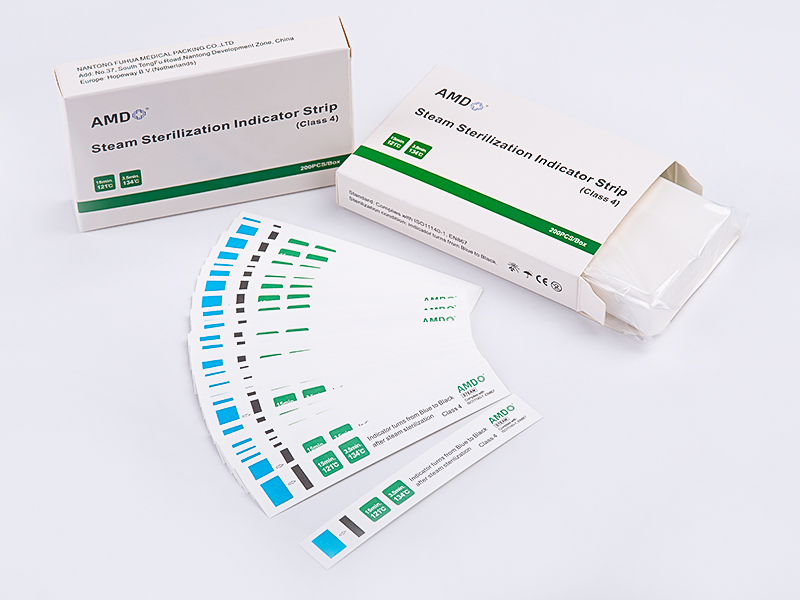
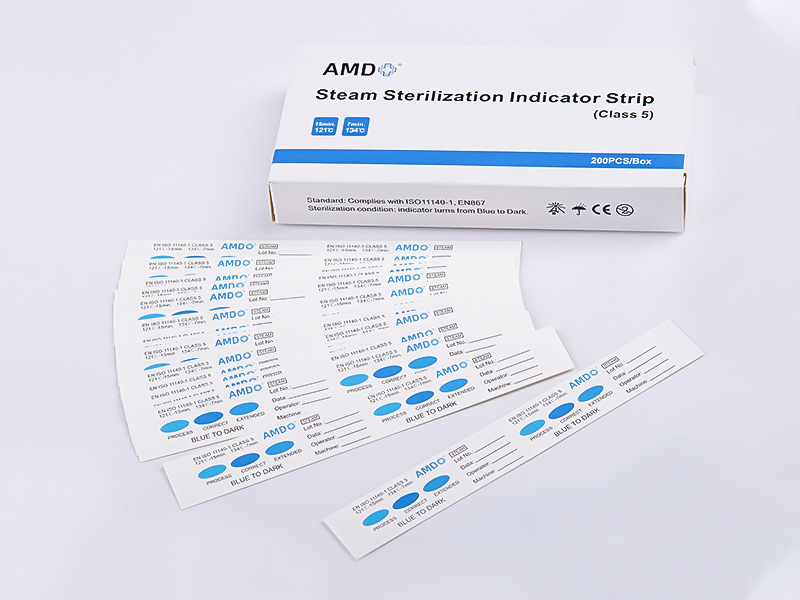

 ‘s-Gravenweg 542, 3065SG RotterdamThe Netherlands
‘s-Gravenweg 542, 3065SG RotterdamThe Netherlands
 +31 (0)10 254 28 08
+31 (0)10 254 28 08
